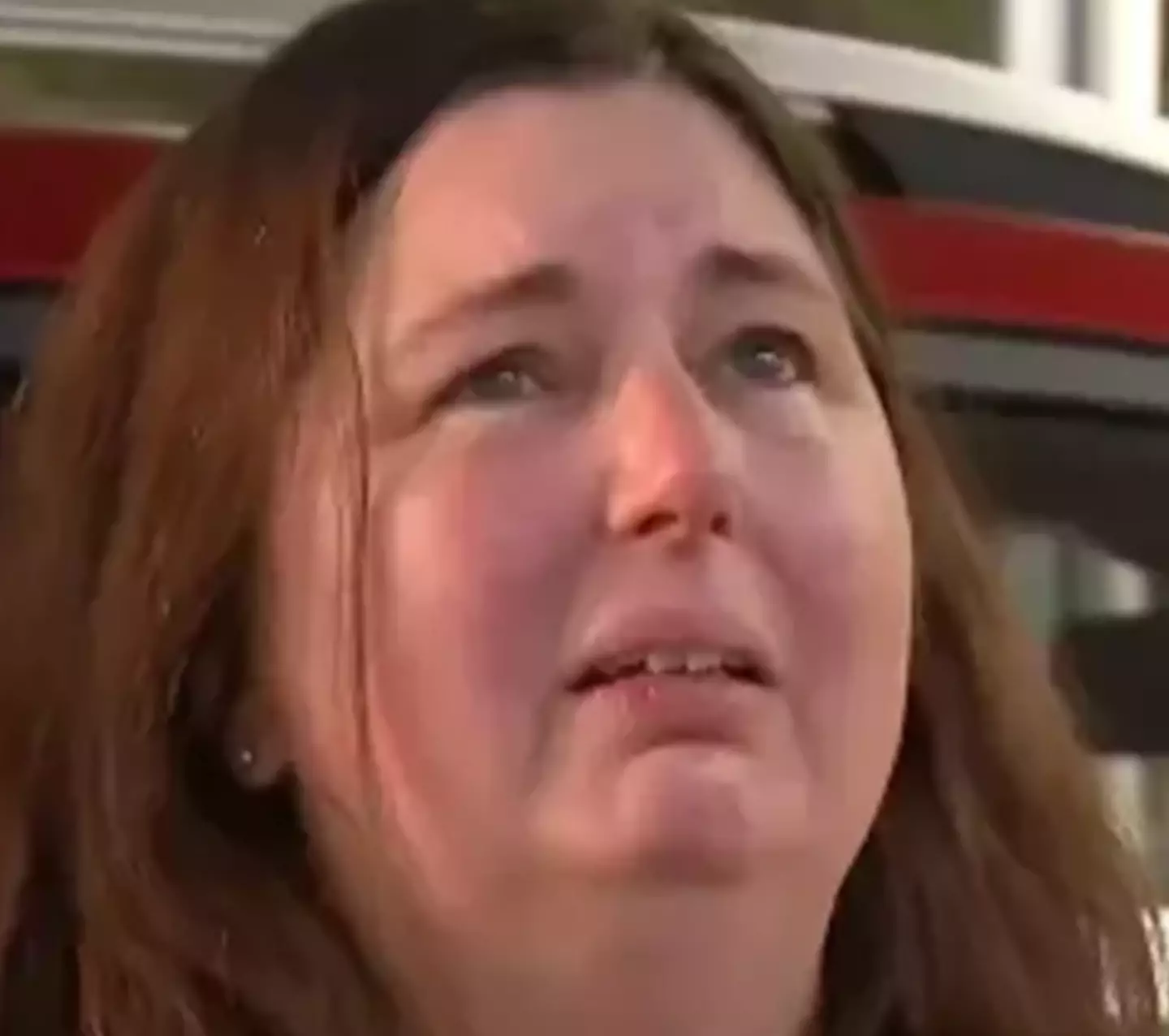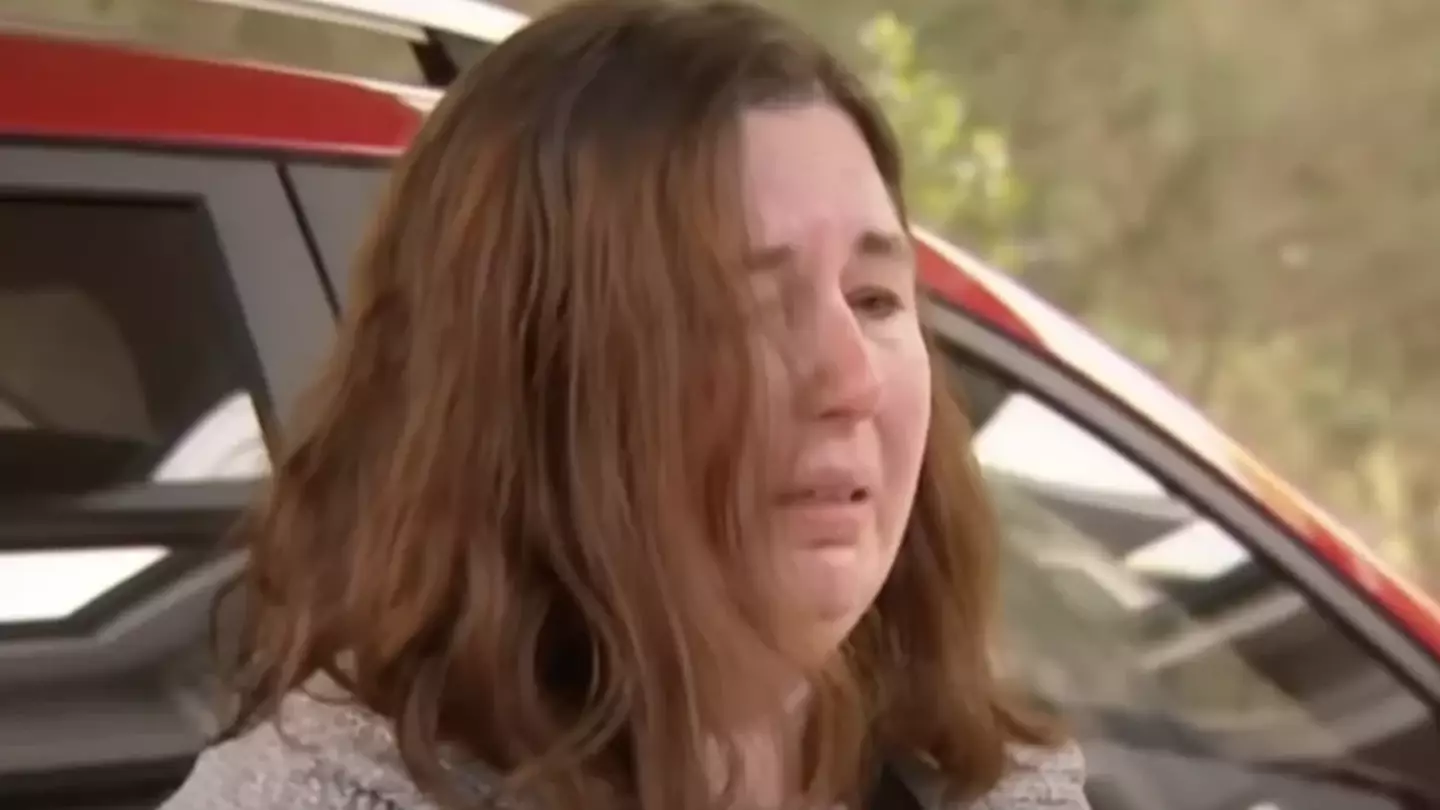
Prosecutors have acknowledged there's one question left in the case of Erin Patterson, the Australian woman found guilty of killing her in-laws by serving them poisonous mushrooms cooked into beef Wellington pastries.
Patterson, 50, has been convicted of three counts of murder and one of attempted murder following the deaths of her in-laws Gail and Don Patterson, as well as Gail's sister, Heather Wilkinson, in July 2023.
The deaths came after the family members went to Patterson's house in Leongatha for lunch, where she served them individual beef Wellington pastries which were later found to have contained poisonous death cap mushrooms.
Heather's husband, Ian Wilkinson, also ate the meal and became gravely ill, but ultimately survived.
Advert
Over the course of a nine-week trial, the jury heard details about Patterson's relationship with her estranged husband, Simon Patterson, who had been invited to the meal but decided not to attend.

Patterson had cooked one extra beef Wellington for the meal, but she denied that it was intended specifically for Simon.
She told the court: "I didn’t make that sixth one for Simon. It’s just an extra one. Simon wasn’t coming."
Advert
With the verdict now decided, there is one question that prosecutors working the case have acknowledged - what was Patterson's motive?
Addressing the court back in April, prosecutor Nanette Rogers SC warned the question may remain as she said: "You might be wondering, 'What is the motive?' You might still be wondering this at the end of this trial."
The prosecution did not suggest a specific motive while presenting its case, but Rogers explained: "You do not have to be satisfied what the motive was, or even that there was one".
Instead, Rogers explained that the jury simply would have to reject the defense's argument that the deaths were the result of a 'horrible foraging accident'.
Advert
Patterson's defense insisted that Patterson did not know the mushrooms she used in the meal were death caps, and that the entire incident was a tragic mix-up between store-bought mushrooms and wild mushrooms.
Speaking in her own defense, Patterson told the court she had researched ideas to find 'something special' to include in the meal, as she wanted to get away from the 'bland' flavor.
She claimed she believed she was adding dried fungi bought from an Asian supermarket into the meal, but added: "Now I think that there was a possibility that there were foraged ones in there as well."

Advert
In contrast, prosecutors alleged that Patterson had specifically researched and foraged the death cap mushrooms, pointing to evidence that a food dehydrator had been disposed of after she served her meal.
They also claimed that Patterson had chosen to cook individual pastries to avoid poisoning herself, serving herself on a different colored plate.
The jury departed the courtroom to begin their deliberations on June 30, and remained sequestered, meaning they stayed together in court-appointed accommodation, until they reached their decision. The jury then reached its verdict on July 7.
The jury was not tasked with deciding whether Patterson served her guests poisonous mushrooms, but whether she intended to kill them by doing so.
Topics: Erin Patterson, Australia, Crime